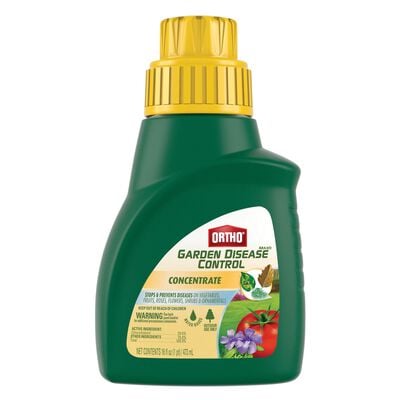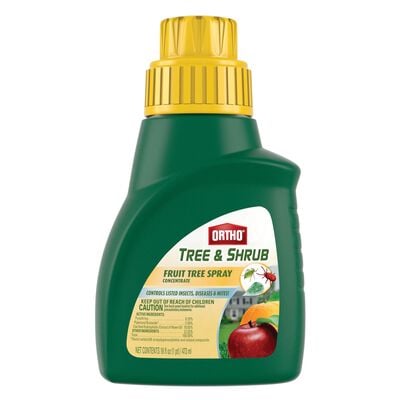
Powdery Mildew
Powdery mildew is a fungal disease that appears as a white powder on plants.
What Is Powdery Mildew?
Powdery mildew is a common fungal disease found on many different plants including members of the cucumber family, roses, zinnias, bee balm, and lilac. There are several species of powdery mildew fungi, and each species is usually host-specific, meaning it only attacks one type (or one family) of plants. For example, the species that infects roses won't infect your zucchini plants. The spores are spread from plant to plant by wind or splashing water. Learn more about powdery mildew and how to control it below.
What Does Powdery Mildew Look Like?
If you've ever had plants in your garden that look like they were dusted with flour, then you've encountered powdery mildew. It starts as small, circular powdery white spots usually on the upper surface of leaves. It can also infect the bottom side of leaves, stems, flower buds, flowers, and developing fruit. These spots eventually spread to cover the entire area with a white powder. In some plants, the leaves can turn purple or red around the infection site. Severely infected leaves will eventually turn yellow, dry out, and fall off.
What Conditions Does Powdery Mildew Like?
Powdery mildew does not need moisture in order to infect plants. That means it can happen under a wide variety of growing conditions including warm, dry weather. However, in order for spores to germinate, high humidity is required which is why the problem is prevalent where plants are crowded, densely shaded, or there is poor air circulation.
How to Control Powdery Mildew
The best way to control powdery mildew is to stop it before it starts. However, if you already white spots present on your plants, treat them with Ortho® MAX® Garden Disease Control Concentrate following label directions. If you have powdery mildew on roses, you can use Ortho® Rose & Flower Disease Control Concentrate.
To help prevent the disease from spreading, you can remove infected plant parts, like leaves or young fruit. Do not compost diseased plant material. (The temperature of the compost does not get hot enough to kill the fungus.)
How to Prevent Powdery Mildew
To prevent future powdery mildew problems follow these tips:
- Select powdery mildew resistant or tolerant plant varieties.
- Give plants plenty of space in the garden to grow. Plant tags tell you how far apart to space plants. This will improve air circulation and reduce humidity.
- Avoid overhead watering. Water at the base of plants to help keeps the leaves dry.
- Selectively prune crowded plants to help improve air circulation.
- Apply a preventative fungicide spray like Ortho® MAX® Garden Disease Control Concentrate following label directions for rate and timing.

